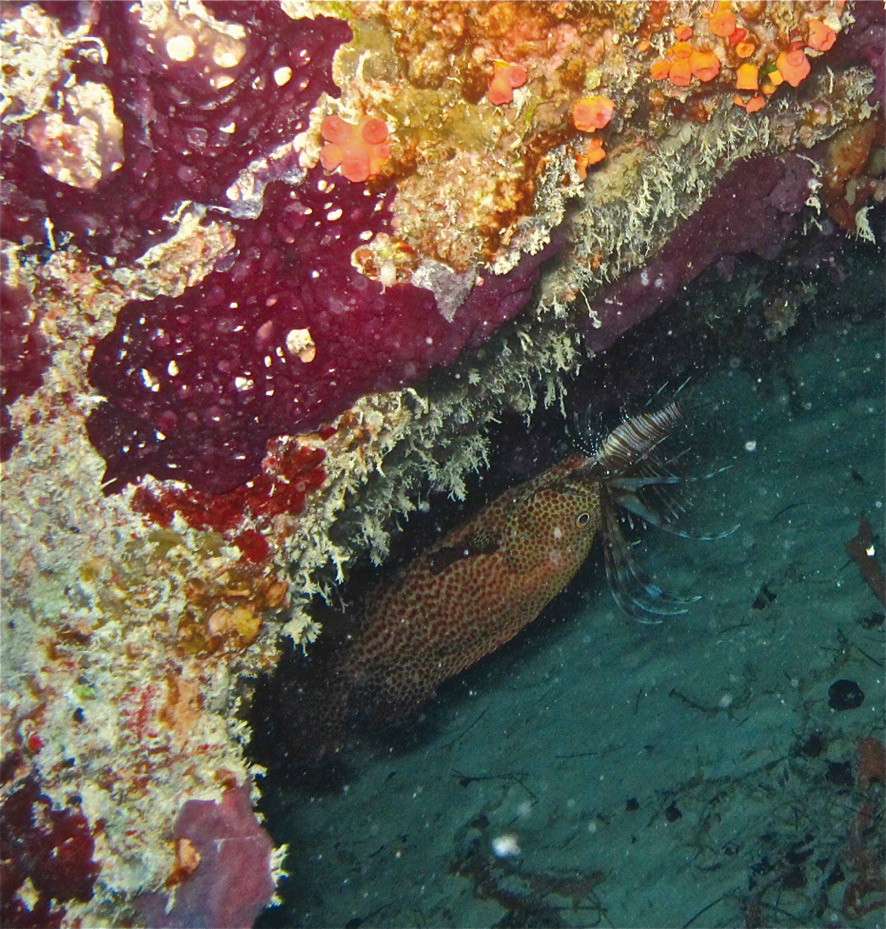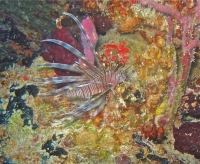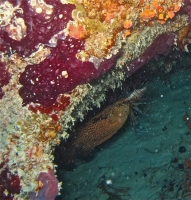In mid-March, 116 lionfish were captured in Saint Martin and more than 200 have been seen since they were first captured on July 20, 2010.
Three victims who have been stung were admitted to the emergency ward at the hospital and lionfish have invaded the site of Rocher Créole.
During the last committee meeting, Franck Mazéas of DEAL Guadeloupe (Ministry of Ecology), explained that the French West Indies are aware of the problems caused by the lionfish on other islands of the Caribbean, where as many as 80% of fish disappear in zones that are invaded by this species.
This trend is negative for fishermen, business and the ecology, not to mention the risk of getting stung. DEAL hopes to employ a new regional strategy already put into place on other islands, which is to control the development of the lionfish, as its eradication is impossible, and specimens have been found as deep as 80 meters and more.
The control comprises: - capture as many lionfish as possible (by authorized persons) - inform the public - warn hospitals, doctors, firemen, fishermen and dive clubs on what to do in case of a sting The more than hundred of these fish captured in Saint Martin were analyzed to see if they are edible or if they carry the toxic ciguatera, but the Marine Park in Sint Maarten analyzed lionfish from Jamaica which carried evidence of the toxin. It is no longer necessary to bring lionfish to the Réserve, as the present thinking it to cut them in half after they have been killed and leave them in the water, in order to: - provide food for other species - hope that potential predators develop a taste for them and start hunting them.
The Sea Dolphin club, which saw a grouper and a green moray eel devour a lionfish, took a few photos (see picture). DEAL hopes that the Réserve de Saint-Martin will go beyond its immediate zone of capture and has every means needed to do so. A grouper enjoying the flesh of a lion
Lionfish control is possible
Ce mérou apprécie la chair du poisson-lion



















